Date: 27 November 2015
This flat glass from specialty glass expert SCHOTT is manufactured in a sophisticated float process and simultaneously offers convincing optical, thermal, mechanical and chemical properties. It is a well suited material for use in optical components such as dichroic filters or hot and cold mirrors that rely on high thermal resistance as well as on high energy radiation exposure capabilities.
Dichroic filters, also called inference filters, are based on the ability to reflect and absorb only certain wavelength ranges, making them ideal for use in high intensity light sources or light engines. They feature in architectural and entertainment lighting solutions, color wheels, light performance correction, electronic devices, heat and UV control applications, underwater lighting, medical photonics and many other optical applications. Dichroic filters originated in the 1950s: the NASA developed them to protect sensitive spacecraft instruments from harmful cosmic radiation..jpg)
Dichroic filters rely on the combination of BOROFLOAT®’s product characteristics. Photo: SCHOTT.
The performance of a dichroic filter is determined not only by the quality of its coating, but also by the substrate material itself. Both the substrate’s optical properties as well as its temperature resistance determine the efficiency and maximum operation temperature of the filter product. BOROFLOAT® glass in a coated dichroic filter has a high thermal resistance and can reach up to 287°C (550°F) in typical applications. It also shows low transmission losses under UV radiation exposure, meaning a low susceptibility towards solarisation. It may also withstand thermal gradients and combines superior optical clarity with mirror-like surface quality.
Due to its unique glass microstructure with a relatively low amount of non-bridging oxygens, BOROFLOAT® glass shows a low degradation behavior at high intensity radiation exposure rates. This means that dichroic filters made of BOROFLOAT® glass often exhibit significantly better color filter characteristics (for instance steep UV cut-off performance, higher level of visible transmittance). Moreover, high laser and X-ray radiation damage threshold characteristics can contribute to longer lifetimes and better overall performance compared to other flat glass substrates under such challenging conditions.
In contrast, many conventional flat glass materials used as filter substrates show lower performance, making them less suitable for use in dichroic filters: for instance, dyed plastics or commercial glass types have limited thermal resistance.
Plastic colored materials often suffer from non-desirable aging effects (yellowishing) and even may break down if illuminated with high energy light.
Hot and cold mirrors
Hot and cold mirrors have the fascinating ability to either reflect infrared light (heat) and transmit visible light (hot mirrors) or – the opposite – transmit infrared light and reflect visible light (cold mirrors). Both mirror types require substrates that have high light transmittance and – given that operating temperatures are easily above 300 °C – are able to withstand high temperatures. BOROFLOAT® glass complies with such requirements and has been used as substrate material in many applications.
Similar to dichroic filters, vacuum deposited or sputtered multilayer coatings are applied to the substrate to create hot mirrors that either harness the reflected wavelengths or remove them from an application. This is especially important in optical systems where excessive heat can damage components or negatively affect the characteristics of a light source. Hot mirrors are for instance used in halogen/HID lamps to increase filament temperatures resulting in less power consumption, increased efficiency, longer lifetime and reduced cost. Typical hot mirrors may reflect more than 90% of the IR wavelengths (750nm – 1250nm) while transmitting more than 90% of the visible light (typically 425nm – 675nm wavelength range), making them ideal as mirrors in LCD displays, (fiber optic) lighting, medical and dental illumination, heat/light rate adoption, aerospace instrumentation, as IR filters in CCD cameras and cinema light engines, and as desktop projectors to prevent system damage.
A cold mirror is an optical heat/light rate management tool that is used to remove heat radiation from an illumination light source. It transmits infrared light but reflects non-infrared light spectral wavelengths, helping to eliminate heat impact that may damage the equipment. They are used as cool light sources in medical lighting (surgical and dental lights), dielectric mirrors in sensor technology, laser diodes, scanners and bar code readers, projectors and photocopiers.
For more information visit: www.schott.com/borofloat/coatings https://youtu.be/3mXwFZqTrwo
BOROFLOAT® is a registered trademark of SCHOTT AG.
SCHOTT is a leading international technology group in the areas of specialty glass and glass-ceramics. The company has more than 130 years of outstanding development, materials and technology expertise and offers a broad portfolio of high-quality products. SCHOTT is an innovative enabler for many industries, including the home appliance, pharmaceutical, electronics, optics, automotive and aviation industries. SCHOTT strives to play an important part of everyone’s life and is committed to innovation and sustainable success. The group maintains a global presence with production sites and sales offices in 35 countries. With its workforce of approximately 15,400 employees, sales of 1.87 billion euros were generated in fiscal year 2013/2014. The parent company, SCHOTT AG, has its headquarters in Mainz (Germany) and is solely owned by the Carl Zeiss Foundation. As a foundation company, SCHOTT assumes special responsibility for its employees, society and the environment. www.schott.com



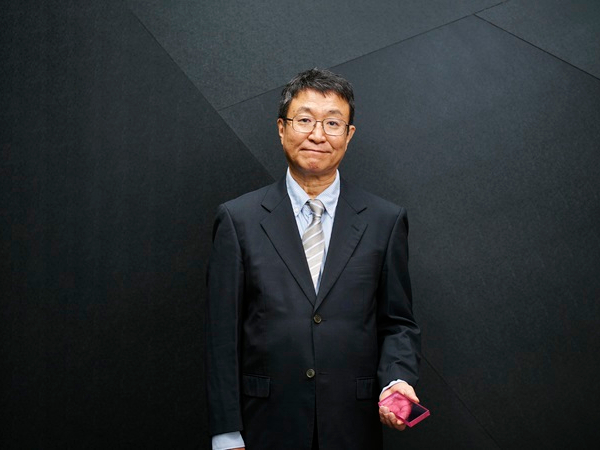
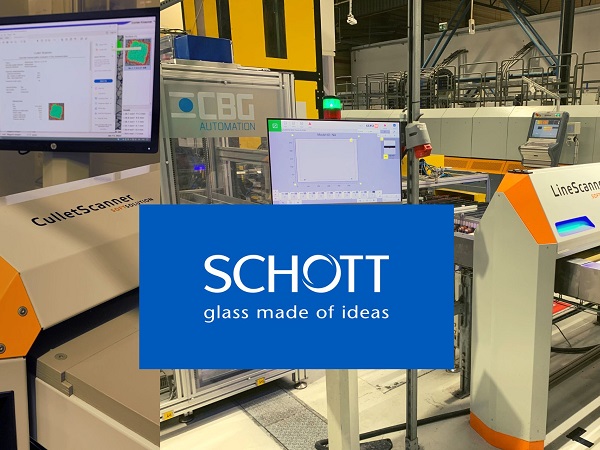
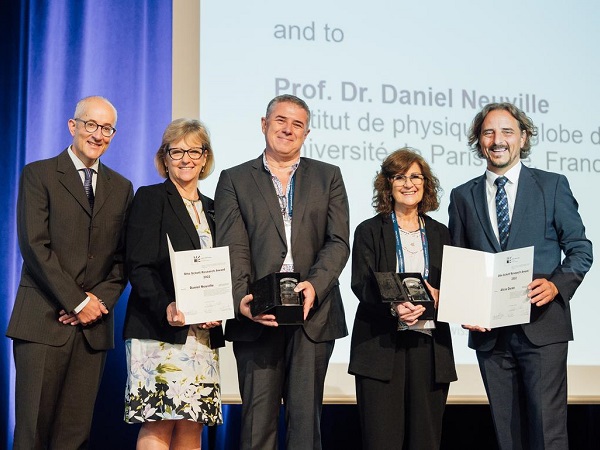
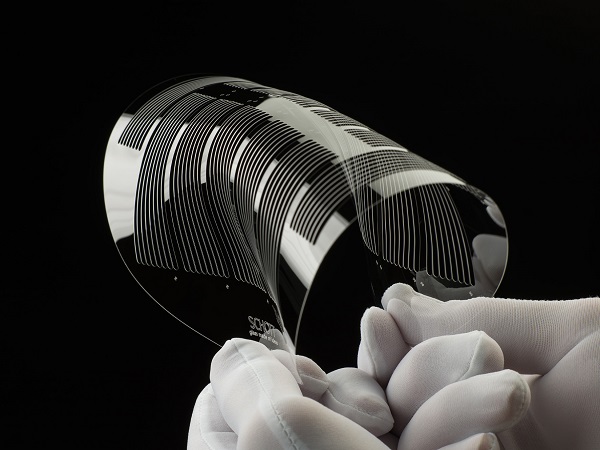
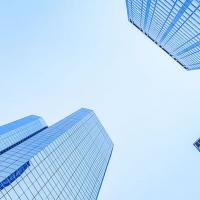
Add new comment